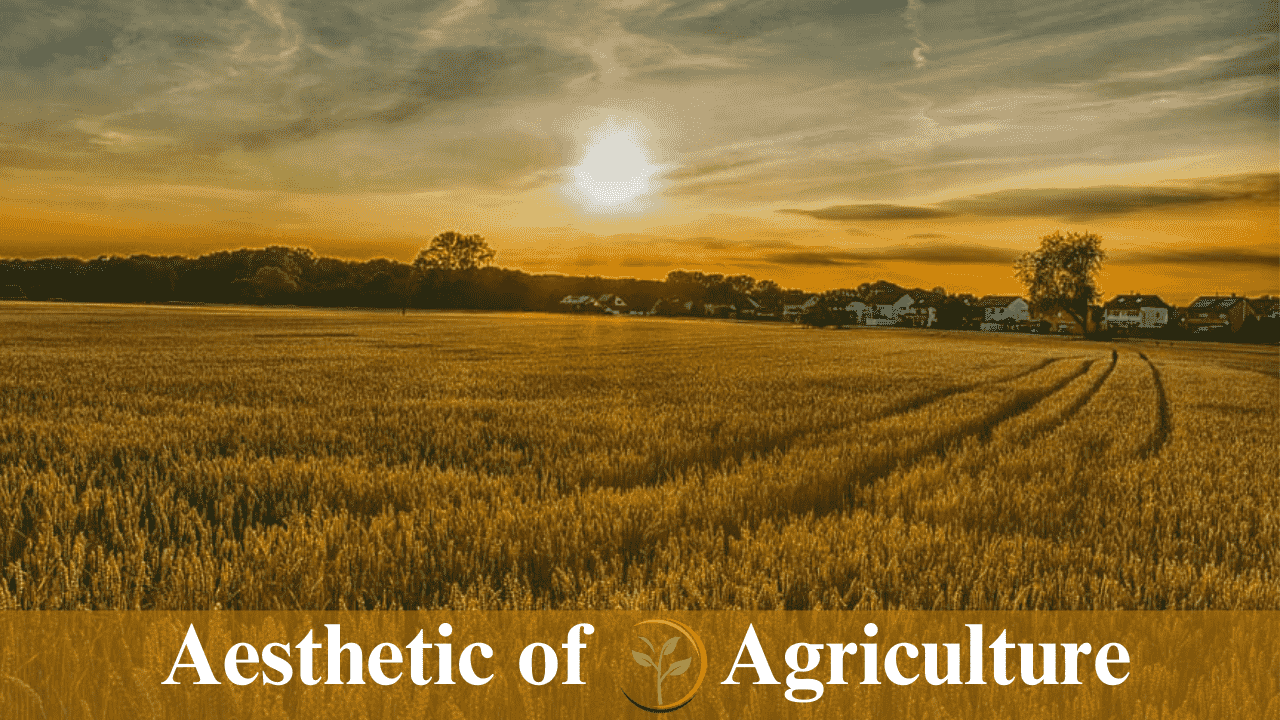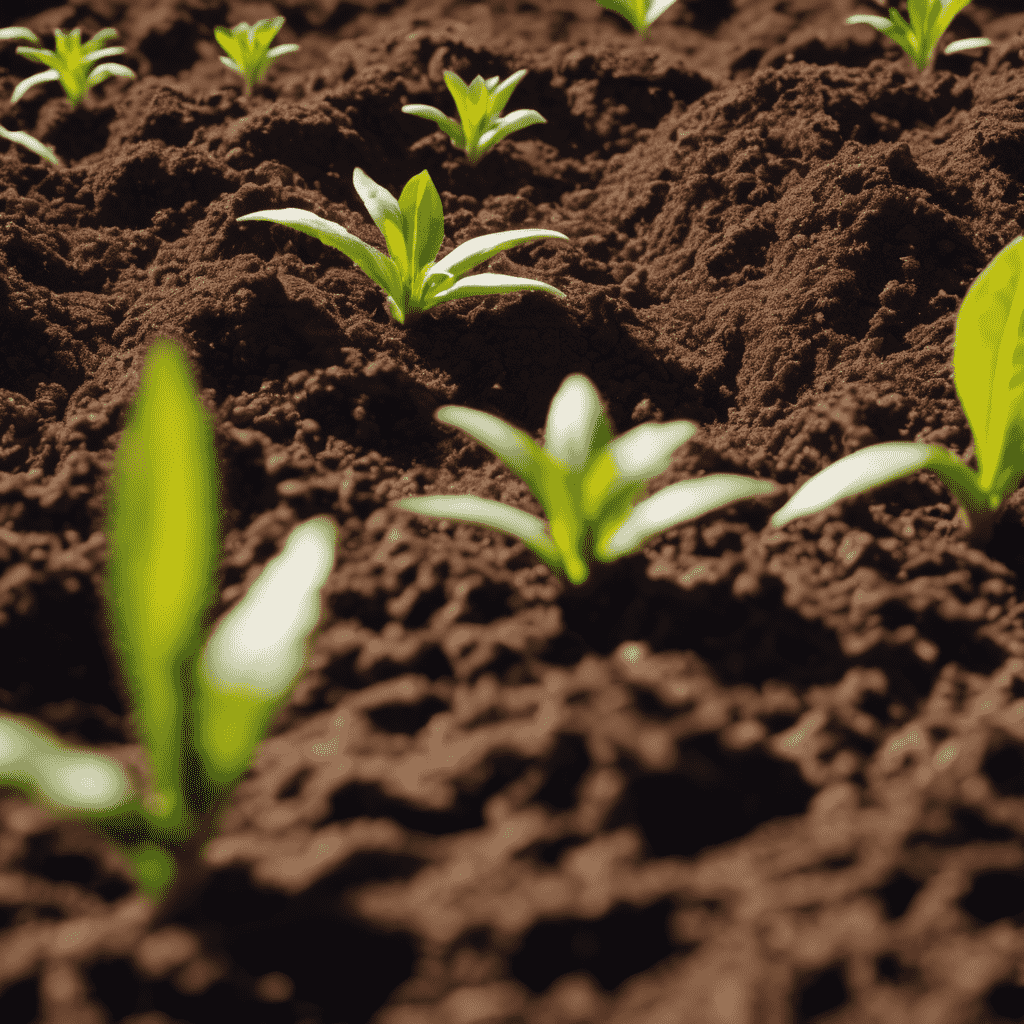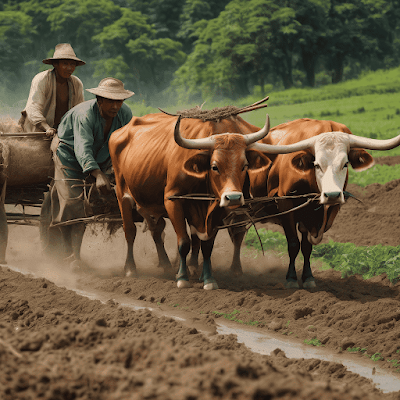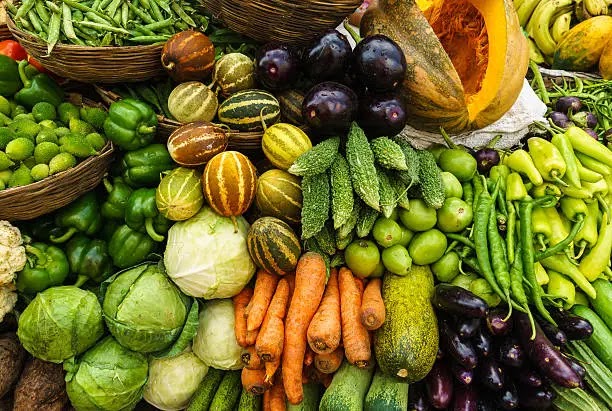 |
| Agriculture is the practice of growing crops and raising animals for food, fiber, and other products. |
Definition of Agriculture
Agriculture is when people grow plants and raise animals for food and other necessities of life, such as clothing and medicine. It is like taking care of a big garden or farm to make sure we have enough stuff to eat and use in our daily life. |
| The process from planting a seed in the soil till it emerges as a plant |
Types of agricultural
Crop cultivation: This involves the cultivation of plants for various purposes including food, fiber and industrial materials. Examples of cultivated crops include cereals (wheat, rice, maize), fruits, vegetables, oilseeds, and fiber crops such as cotton.Read this: Korean natural farming
Traditional and Modern Agriculture
Traditional agriculture
 |
| Adopting heritage: Farmers practice traditional agricultural practices |
- Methods: In traditional farming, people rely on traditional methods passed down from generation to generation. They used simple tools like shovels and plows and often did things by hand.
- Crops: Traditional farmers grow a variety of crops, and they often grow different crops together on the same land. It is called a mixed crop.
- Fertilizers and Pesticides: They use natural fertilizers like manure and compost, not chemicals. To protect their plants from pests, they can use tools just like traps or natural predators.
- Size: Traditional farms are usually small, and often family owned and operated.
Read also: Avocado Farming
Modern Agriculture
Modern agriculture refers to contemporary agricultural practices that incorporate advanced technologies, scientific knowledge and mechanization to increase efficiency, productivity and yield. This approach often involves the use of synthetic fertilizers, genetically modified organisms (GMOs), precision machinery, and digital tools for monitoring and management. Modern agriculture aims to meet the demands of a growing population by optimizing resources and maximizing production, which often leads to increased production but raises concerns about environmental impact and sustainability.
Modern agriculture is like a high-tech version of agriculture. It is all about using advanced technology and methods to produce food on a large scale. Here's what you need to know:- Methods: Modern farmers use machines like tractors and combine harvesters to make farming faster and more efficient. They also rely on scientific knowledge to increase crop yields.
- Crops: Modern farms often specialize in growing only one or a few types of crops, such as large fields of corn or wheat.
- Fertilizers and pesticides: They use synthetic fertilizers and pesticides to protect their crops and help them grow faster and bigger.
- Size: Modern farms can be huge, covering thousands of acres. They may be owned by large companies or large farming operations.
Simply put, the big difference is that traditional agriculture is small, uses old methods and focuses on diversity, while modern agriculture is larger, more high-tech and often specializes in only a few crops. Both have their pros and cons, and they play an important role in feeding the world. Modern agriculture helps produce more food quickly, but traditional agriculture often promotes biodiversity and can be more sustainable in some ways.
Importance of Agriculture
Food Security:
Food Production:
Agriculture is very important because agriculture is how we grow the food we need to live. Think about the fruits, vegetables, grains, and meats you eat—they all come from factory farms. Without agriculture, we would have difficulty getting enough food, and hunger would be a major problem.Employment and Income:
Agriculture provides employment to many people. Farmers work hard growing crops and raising animals, but there are also jobs in food processing, transportation, and sales. This means income for families and helps our economy.Economic impact:
Supportive Community:
Farms are often the heart of a community. They bring people together and provide not only food but also a sense of belonging and tradition. When agriculture is done well, it can help the entire community grow.Materials and Resources:
Agriculture provides us with materials other than food. For example, cotton from plants is used to make clothes, and wood from trees is used to build houses. Animals like cow give milk, curd, buttermilk, butter and ghee. Therefore, agriculture helps us to get the things that we use in our daily life.Biodiversity and Environment:
Innovation and Technology:
Exports and Trade:
Read also : Best Prectices, Innovation and Challenges in Agriculture
Environmental impact on agriculture
Challenges and Future Directions in Agriculture
Challenges in Agriculture:
- Climate change: Due to changing weather patterns, it can be difficult to predict when crops should be sown and harvested. It can also introduce new pests and diseases to farms.
- Feeding a growing population: As more people live on Earth, we need to produce more food. This can be challenging as we have to do it without harming the environment.
- Soil health: Soil can become less healthy over time, which can affect crop growth. Farmers have to find ways to keep their land fertile and fertile.
- Scarcity of Water: Not all places have enough water for agriculture. Farmers in dry areas should use water judiciously.
- Pest and Disease Control: Pests and diseases cause damage to crops and animals. It is important to find ways to control them without using harmful chemicals.
- Loss of Biodiversity: Growing only one type of crop (monoculture) can reduce the diversity of life in an area. Various plants and animals need to be preserved.
Future Directions in Agriculture:
- Sustainable Farming: The future of farming is sustainability. This means using methods that do not harm the environment and conserving resources such as water and soil.
- Technology: Agriculture is becoming more hi-tech. Farmers use machines, sensors and data to grow food more efficiently and reduce waste.
- Genetic engineering: Scientists are working on creating crops that naturally resist pests and diseases, reducing the need for chemicals.
- Organic Farming: Many people are interested in organic food grown without synthetic chemicals. Organic farming is becoming more popular.
- Urban Agriculture: In cities, people are starting to grow food on rooftops and in community gardens to reduce the distance food travels.
- Climate-smart agriculture: Farmers are learning to adapt to climate change by changing planting times and using crops that can handle changing conditions.
Conclusion
Agriculture is the act of growing crops and raising animals for food, fiber and various goods. It includes different types of agriculture including subsistence, commercial, organic and industrial agriculture. The need for agriculture arises from our dependence on food and the resources it provides. Traditional agriculture relies on local knowledge and manual labour, while modern agriculture integrates technology and high yielding practices.Both traditional and modern agriculture affect the environment. Traditional methods often promote biodiversity and sustainable resource use, but have limited productivity. Modern technologies increase yields but can lead to environmental concerns such as soil degradation and chemical pollution. Balancing these approaches is important for sustainable food production while minimizing environmental damage.
Reference & Resources
1). What is Agriculture? and other questions you've always wanted to ask https://realfarmlives.ca/what-is-agriculture/
2). Agriculture in the United States https://en.m.wikipedia.org/wiki/Agriculture_in_the_United_States
3). Farming In The USA – Questions, and Answers (FAQs) https://www.agrifarming.in/farming-in-the-usa-questions-and-answers-faqs
4). Agriculture https://en.wikipedia.org/wiki/Agriculture


.png)


.jpg)
.jpg)

.jpg)

.jpg)


0 Comments